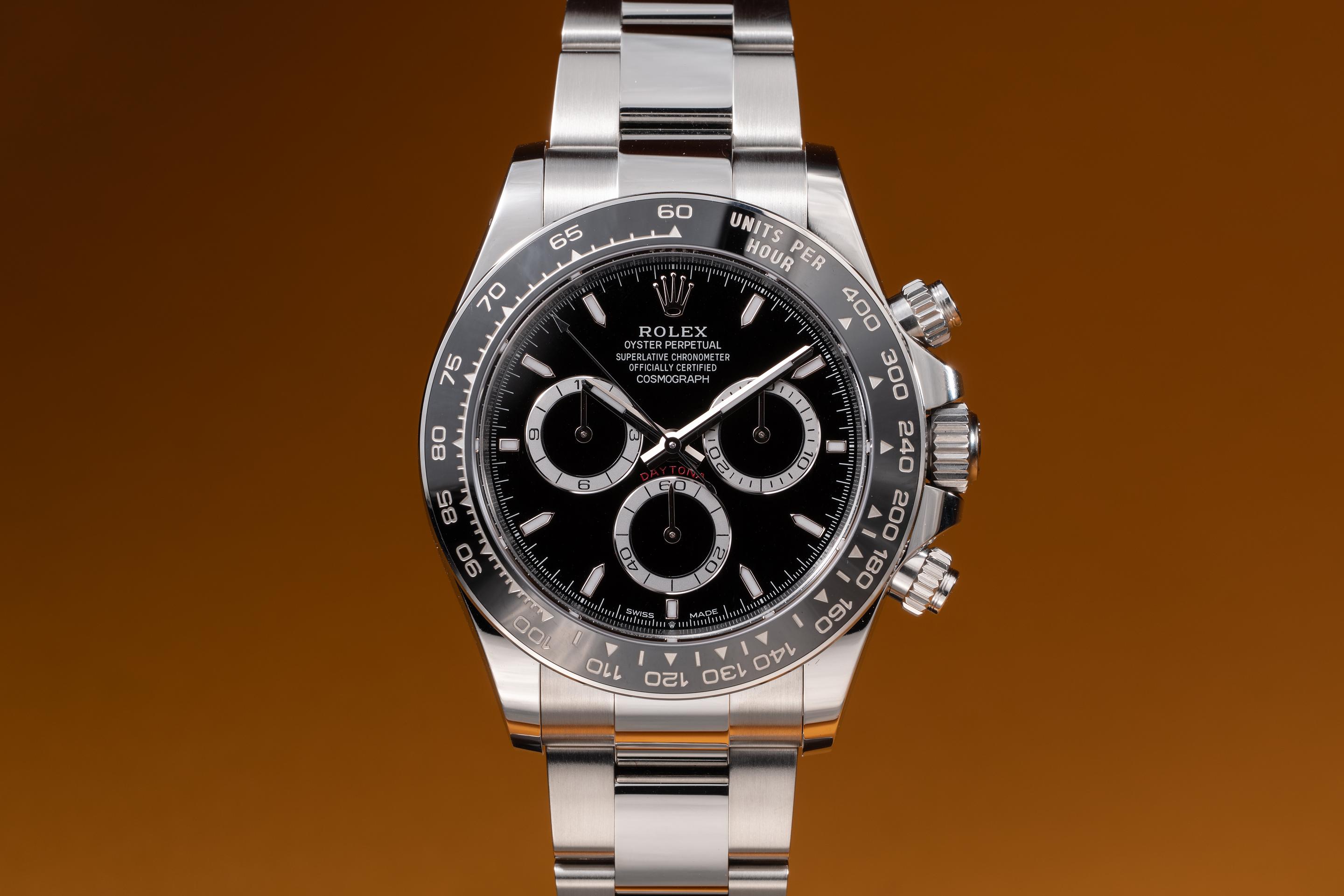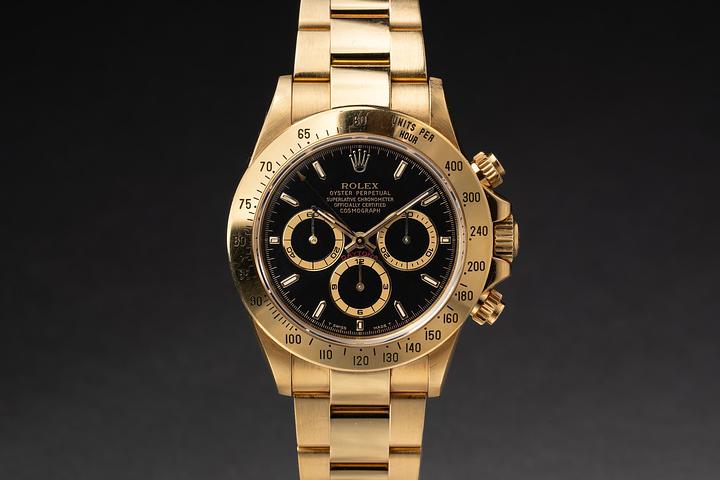Rolex Watch Prices in 2025: What Drives the Cost

How Much Does a Rolex Cost? A Deep Dive into the World of Swiss Luxury Timepieces
Rolex, the name alone evokes a certain perception—precision, prestige, and enduring style. As the crown jewel of the Swiss watch industry, Rolex has consistently held its place as both a symbol of success and a benchmark of horological excellence. But in a world full of premium watchmakers, one question comes up time and again: how much does a Rolex cost? The answer, of course, is layered. Rolex pricing is a nuanced topic that sits at the intersection of craftsmanship, materials, reputation, and scarcity. Understanding these factors will give you a clear picture not only of the price tags but also the value that underpins them.
The Historical Value of Rolex Watches
Founded in 1905 by Hans Wilsdorf and Alfred Davis, Rolex has played a foundational role in shaping modern timekeeping. The brand is credited with producing the first waterproof wristwatch—the iconic Oyster—in 1926, followed by such innovations as the first watch with an automatically changing date (Rolex Datejust), and the first watch case that was waterproof to a depth of 100 meters (Rolex Submariner). These milestones are not just trivia; they are part of what drives the brand’s prestige and pricing strategy.
Today’s Rolex watches are a continuation of this legacy. Each piece is manufactured in Switzerland, primarily at its headquarters in Geneva and facilities in Bienne and Plan-les-Ouates. This vertical integration allows Rolex to control every aspect of its production line, resulting in precision and consistency that commands a premium in the marketplace.
Current Retail Prices: The 2025 Range
The current retail prices for Rolex watches in 2025 span a significant range, starting at around $6,500 and rising into the hundreds of thousands. At the more accessible end, models such as the Oyster Perpetual (available in 36mm and 41mm sizes) serve as entry points into the Rolex portfolio, with retail prices beginning just above $6,700. These models represent Rolex’s mastery of function and form in its most distilled form, free from additional complications or diamond embellishments.
Moving upward, the Datejust series typically ranges from $8,000 to $14,000 depending on size, bezel material (steel, gold, or fluted white gold), and bracelet options. The Submariner, another pillar of the collection, starts around $9,100 for the no-date version and climbs higher with added features. If you're considering the Daytona, a model that barely stays on shelves and often commands waiting lists, expect retail prices beginning at approximately $15,000—frequently rising well above that on secondary markets due to high demand and limited availability.
Factors That Influence Price: Beyond Ticking Hands
Part of what makes Rolex pricing so complex and occasionally unpredictable lies in the interplay of materials, mechanics, and market trends. The material alone heavily affects the cost—stainless steel models are considered entry-level, though lately, they have become the most sought after. Watches crafted with yellow gold, white gold, or the proprietary Rolex Everose gold inch up to the $30,000 to $40,000 range. Platinum models, like the Day-Date 40, surpass the $60,000 threshold and further increase with gem-set bezels or unique dials.
Then there are the complications: additional mechanical features such as chronographs, moonphases, and second time zones. Although Rolex watches are known for simplicity and legibility, models like the Sky-Dweller, featuring annual calendar and dual time zone functions, fill the niche for those seeking technical marvels. These start closer to $15,000 and scale accordingly.
Availability also plays a curious role. A watch that is hard to find or subject to long waitlists—such as the GMT-Master II "Pepsi" or the steel Daytona—can command significantly higher prices in the secondary market, often doubling the MSRP for pristine models or rare references.
Secondary Market Realities and Long-Term Value
For many prospective buyers, the secondary market becomes an unavoidable part of the Rolex conversation. Simply put, demand far exceeds supply for certain models, leading to robust resale values that can outpace original retail prices. From a value-retention perspective, Rolex is unparalleled in the Swiss watch landscape. Watches like the Submariner, Daytona, and GMT-Master have become so iconic that they've transitioned into investment vehicles for collectors and aficionados alike.
However, caution is required. Counterfeit models—a regrettable yet inevitable part of Rolex's global appeal—have become increasingly sophisticated. Verifying authenticity and sourcing watches from trusted dealers are non-negotiable for any serious buyer. That being said, Rolex's reputation for longevity and serviceability helps ensure that a properly maintained model will retain both function and value over decades.
The Role of Craftsmanship and Innovation
It would be reductive to attribute Rolex pricing solely to prestige or branding power. The company invests heavily in proprietary technologies and equally exclusive materials. Examples include Rolex’s Cerachrom bezels, made from highly scratch-resistant ceramics, and their enduring calibers like the 3230 and 3255 movements, which are known for high accuracy, energy efficiency, and robust construction.
Moreover, Rolex maintains its own foundry to create its alloys, allowing greater control over the color and quality of metals used. No detail is too minor—from the chromalight luminous markers that ensure visibility in low light to the precise brushing and polishing techniques applied by hand to the case and bracelet surfaces. This standard of excellence supports a higher price point, and rightly so.
The Swiss Watch Industry Context
Switzerland remains the undisputed nerve center of fine mechanical watchmaking. Rolex heads a short list of true manufacture brands capable of producing every component in-house. While competitors like Patek Philippe and Audemars Piguet also inhabit the top tier, Rolex manages to achieve something unmatched: industrial-level production scale that still meets high-end luxury expectations.
In an industry characterized by handcraft and elegance, Rolex's ability to produce over a million watches annually while maintaining quality is singular. It stands in stark contrast to brands that produce a fraction of that amount but at exponentially higher prices. Rolex’s insistence on research-driven refinement and its protective stance over its IP (Intellectual Property) reinforces its leadership, not through scarcity alone, but through consistency and know-how.
Final Thoughts: What Are You Really Paying For?
To ask, “How much does a Rolex cost?” is ultimately to ask what quality, heritage, and mechanical perfection are worth. You’re not only paying for a timepiece that tells time with enviable precision; you’re investing in a piece of art rooted in over a century of innovation and tradition. Whether you enter the Rolex world through an Oyster Perpetual or aim for the cosmopolitan flair of a Sky-Dweller, each dollar reflects uncompromising craftsmanship and enduring brand equity. Rolex pricing isn’t arbitrary. It's a mirror, reflecting a history of excellence and a market that continues to value the pursuit of perfection.




